Managing Osteoarthritis: Causes and Care
Chances are you know what arthritis is. The most common form is osteoarthritis, and you probably know at least one person living with it given that 13.6% of Canadians over 20 live with the condition¹. It can be a very painful condition that affects many aspects of your life, but receiving the diagnosis doesn’t have to spell doom and gloom for your future. Modern medicine has taken incredible leaps in the past several decades, and we have a much better understanding of the mechanisms and best course of treatment for many conditions and diseases, including osteoarthritis.
The Medical Low-Down
Let’s go back a step and talk about what this condition is. Osteoarthritis is a degenerative joint disease that can develop when the cartilage in your joints wears down as you age. It most commonly affects the knees, hips, hands, and spine, but can develop in any joint. A variety of factors can increase your risk of developing this condition aside from age, such as previous injury to the joint, repetitive strain, bone deformities, obesity, and being assigned female at birth. As the cartilage in your joint wears down, it can cause inflammation of the joint lining, deterioration of the connective tissues, or bony growths on the edge of joints called osteophytes. The most telltale symptoms are pain and aching, stiffness (particularly after resting, lasting less than 30 minutes), decreased mobility, and swelling of the joint.
What Can Be Done?
It’s important to maintain a good support system of healthcare providers that can help you navigate your way through life with this condition. A Physiotherapist can help get you moving with an exercise plan tailored to your needs and abilities and provide you with specific exercises to target the areas you need the most relief in. Despite what previous generations thought, bedrest is not the answer! Light to moderate physical activity helps to strengthen the muscles around your joints, increase blood flow to the area, alleviate pain and improve your mood. Physiotherapists can also provide you with pain management strategies to suit your needs and lifestyle. Additionally, your family doctor can help you create a care plan to help you manage your symptoms and determine the need for medical interventions such as cortisone injections or anti-inflammatory medication. An Occupational Therapist can help you manage daily activities that have become difficult through the use of assistive devices, or provide you with different ways of performing a task that takes stress off the affected joints. A Massage Therapist may help relax muscles that have become tense as they compensate for the affected joints. Even a counselor or psychologist can help you with mindfulness techniques to manage your pain.
It’s Not The End Of The World!
Getting diagnosed with a chronic condition like osteoarthritis can be stressful and scary, but your life doesn’t have to come to a screeching halt. There are many resources and healthcare professionals you can reach out to for help and support. If you’ve been experiencing symptoms of osteoarthritis or have been previously diagnosed, book an appointment with one of our Physiotherapists to get you started on your path to staying healthy!
Written by: Maret, Admin/Physio Aide
¹ https://www.canada.ca/en/public-health/services/publications/diseases-conditions/osteoarthritis.html





